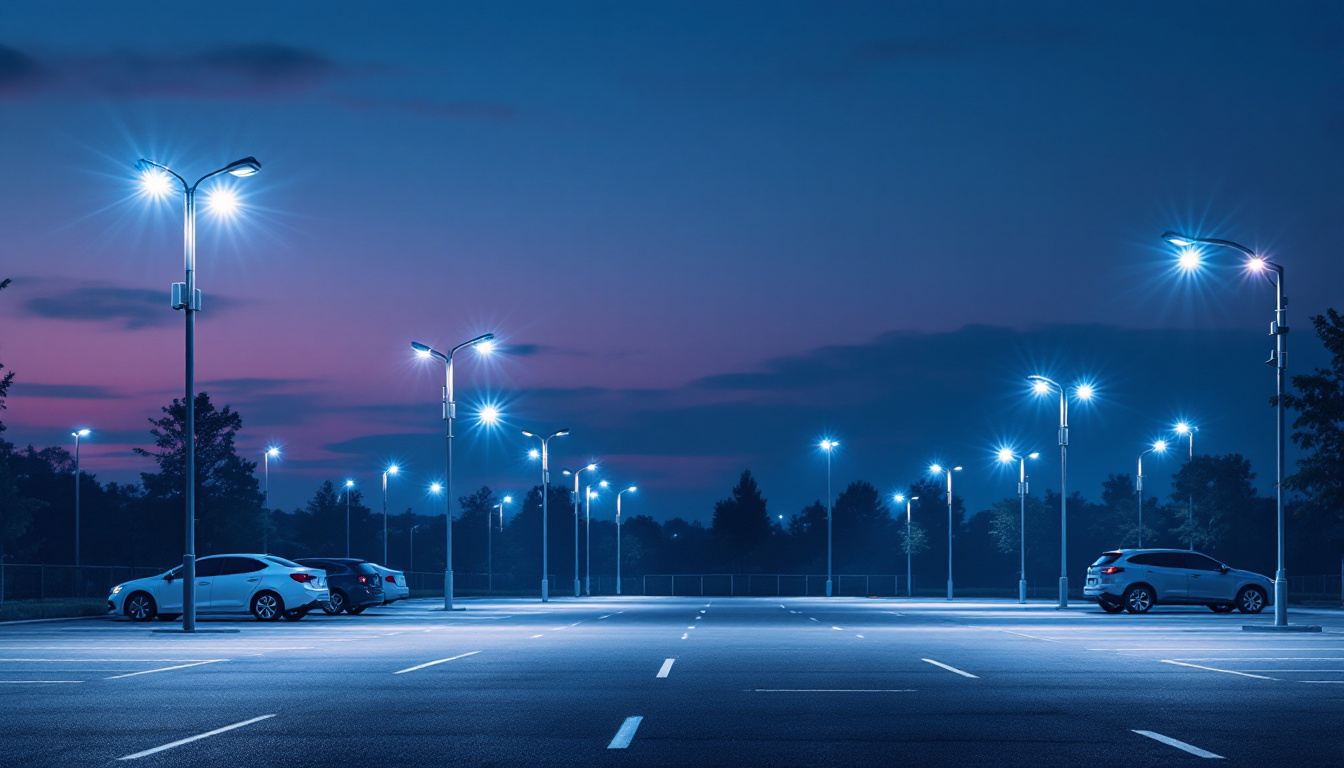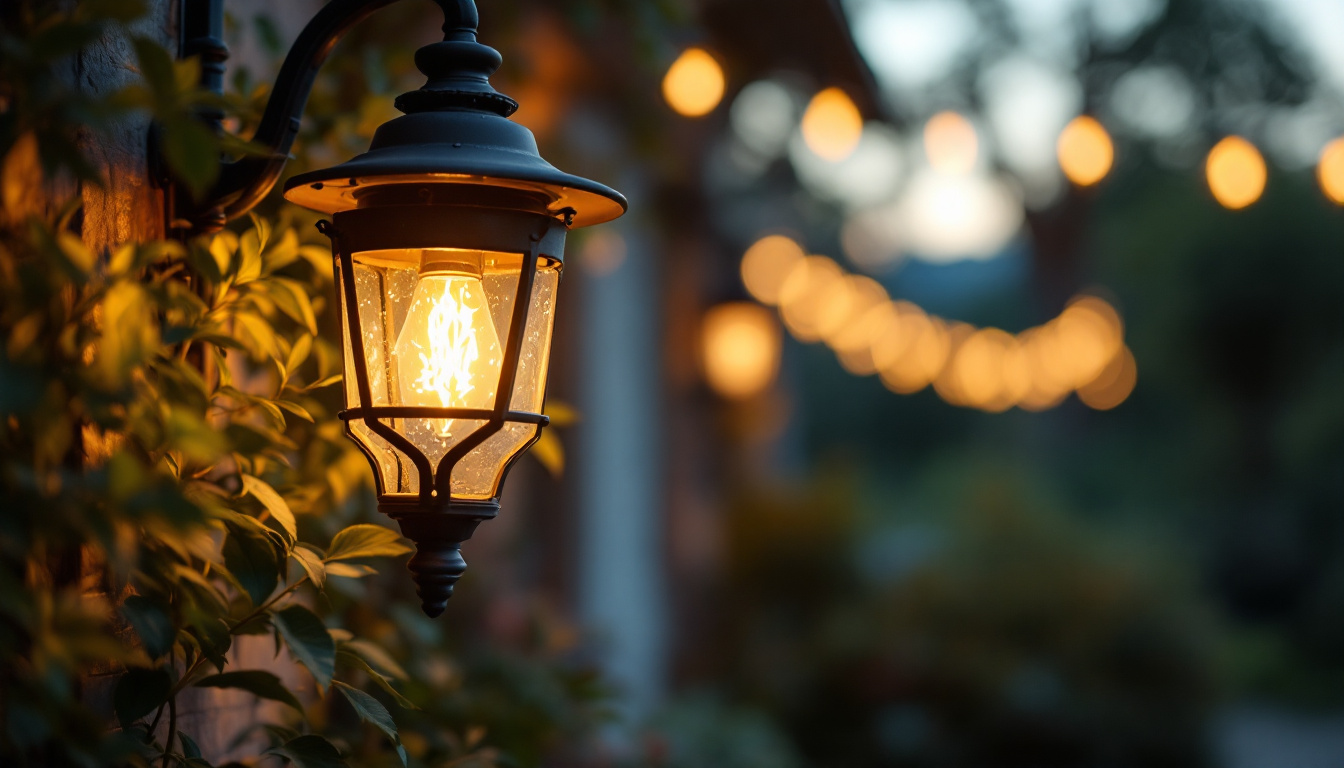
Track Bar Lighting: Lighting Contractors’ Secrets to Master
Track bar lighting has become a staple in modern interior design, offering versatility and style that can transform any space. For lighting contractors, mastering the nuances of track bar lighting is essential to delivering exceptional results to clients. This article delves into the secrets of track bar lighting, providing insights and tips that can elevate a contractor’s skill set.
Track bar lighting consists of a series of light fixtures mounted on a track, allowing for flexibility in positioning and direction. This system can be used in various settings, from residential homes to commercial spaces, making it a popular choice for contractors. Understanding the components and functionality of track bar lighting is crucial for any contractor looking to excel in this area.
A typical track bar lighting system includes the track, fixtures, and power supply. The track itself can be either a straight or curved design, allowing for different configurations based on the space’s requirements. Fixtures can vary in style, from spotlights to pendants, providing a range of aesthetic options.
The power supply is another critical component; it can be hardwired or plug-in, depending on the installation needs. Familiarity with these components enables contractors to recommend the best solutions for their clients while ensuring safety and compliance with electrical codes. Additionally, the choice of materials used in the track and fixtures can significantly impact the overall durability and appearance of the lighting system. For instance, aluminum tracks are lightweight yet sturdy, while those made from steel can offer a more industrial look, appealing to modern design sensibilities.
There are several types of track bar lighting systems available, each with its unique advantages. The most common types include line voltage, low voltage, and magnetic track systems. Line voltage systems are the most widely used, typically operating at 120 volts, making them compatible with standard household wiring.
Low voltage systems, on the other hand, operate at 12 or 24 volts and require a transformer. They are often more energy-efficient and can provide a softer light, making them ideal for residential applications. Magnetic track systems offer a sleek design and allow for easy repositioning of fixtures, catering to dynamic lighting needs. Furthermore, the versatility of track bar lighting extends beyond just functionality; it can also enhance the ambiance of a space. By strategically placing fixtures, contractors can highlight artwork, create focal points, or even set the mood for different activities, such as reading or entertaining. This adaptability makes track bar lighting an invaluable tool in both design and practicality, allowing for a tailored lighting experience that meets the specific needs of each environment.
When designing a track bar lighting system, several factors must be considered to ensure functionality and aesthetics. The layout of the space, the purpose of the lighting, and the style preferences of the client all play significant roles in the design process.
The layout of the space is crucial when determining the placement of track bar lighting. It is essential to assess the room’s dimensions and the intended use of the lighting. For instance, in a kitchen, focused lighting over work areas is vital, while a living room may benefit from softer, ambient lighting.
Contractors should also consider the height of the ceiling and the overall design theme of the space. A higher ceiling may require more powerful fixtures or a combination of track lighting with other light sources to achieve the desired effect. Understanding these dynamics allows contractors to create a lighting plan that enhances the space’s functionality.
Moreover, the arrangement of furniture and architectural features can influence the effectiveness of the lighting. For example, if a dining area is adjacent to a living room, the track lighting can be designed to seamlessly transition between the two spaces, providing a cohesive look while ensuring each area is adequately illuminated. The use of dimmers can also enhance versatility, allowing users to adjust the brightness according to the time of day or the mood they wish to create.
Clients often have specific preferences regarding the style and look of their lighting. Whether they prefer a modern, minimalist approach or a more traditional aesthetic, it is essential for contractors to listen and adapt their designs accordingly. Incorporating different fixture styles and finishes can help achieve the desired look while maintaining the functionality of the track bar lighting system.
Additionally, color temperature plays a significant role in the overall ambiance. Warmer tones can create a cozy atmosphere, while cooler tones may be more suitable for workspaces. Contractors should be prepared to discuss these options with clients to ensure satisfaction with the final design.
Furthermore, the choice of materials and finishes for the track lighting fixtures can greatly impact the overall aesthetic. For example, sleek metal finishes may complement a contemporary design, while rustic wood accents can enhance a more traditional or farmhouse-style interior. The integration of smart lighting technology is also becoming increasingly popular, allowing clients to control their lighting through mobile applications or voice commands, adding a layer of convenience and modernity to the design. By considering these elements, contractors can create a personalized lighting experience that reflects the client’s vision while enhancing the overall space.
Proper installation is critical to the performance and safety of track bar lighting systems. Familiarity with installation techniques can help contractors avoid common pitfalls and ensure a seamless process.
Before beginning the installation, thorough planning is essential. Contractors should assess the electrical system in place and determine whether any upgrades or modifications are needed. This includes checking the circuit capacity and ensuring that the wiring is up to code.
Creating a detailed installation plan can help streamline the process. This plan should include the layout of the track, the placement of fixtures, and any necessary adjustments to the existing electrical system. Having a clear roadmap reduces the likelihood of errors during installation.
Safety should always be a top priority during installation. Contractors must adhere to local electrical codes and regulations to ensure compliance. This includes using appropriate tools, wearing safety gear, and ensuring that the power supply is turned off before beginning work.
Additionally, proper grounding and securing of fixtures are crucial to prevent electrical hazards. Contractors should double-check all connections and ensure that the track is securely mounted to avoid any accidents after installation.
Even the best-installed track bar lighting systems require maintenance and occasional troubleshooting. Understanding common issues and their solutions can save contractors time and enhance client satisfaction.
Regular maintenance is essential to keep track bar lighting systems functioning optimally. This includes cleaning fixtures to remove dust and debris that can affect light output. Contractors should educate clients on how to perform basic maintenance, such as replacing bulbs and checking for loose connections.
Additionally, it is advisable to schedule periodic inspections to ensure that the electrical components are in good condition. This proactive approach can help identify potential issues before they become significant problems, extending the lifespan of the lighting system.
Contractors should be prepared to troubleshoot common issues that may arise with track bar lighting systems. Flickering lights, for instance, can indicate loose connections or faulty bulbs. In such cases, checking the connections and replacing bulbs can often resolve the issue.
Another common problem is uneven lighting, which may result from improper placement of fixtures. Adjusting the positioning of the track or the fixtures can help achieve a more balanced light distribution. Being equipped with troubleshooting knowledge enhances a contractor’s credibility and ensures client satisfaction.
As energy efficiency becomes a priority for many clients, understanding how to incorporate sustainable practices into track bar lighting is essential for contractors. This not only benefits the environment but can also attract clients looking for eco-friendly solutions.
One of the most effective ways to enhance energy efficiency in track bar lighting is by selecting energy-efficient fixtures. LED lights are a popular choice due to their long lifespan and low energy consumption. Contractors should be knowledgeable about the different types of LED fixtures available and their respective advantages.
In addition to LEDs, contractors can also explore smart lighting options that allow clients to control their lighting systems remotely. These technologies can help reduce energy usage further, providing clients with both convenience and savings on their energy bills.
Contractors can promote sustainable practices by educating clients on the benefits of energy-efficient lighting. Providing information about the long-term savings associated with LED fixtures and smart lighting technology can help clients make informed decisions.
Additionally, contractors can encourage clients to consider the overall design of their spaces, suggesting ways to maximize natural light. Incorporating track bar lighting strategically can complement natural light sources, reducing the need for artificial lighting during the day.
Mastering track bar lighting is an invaluable skill for lighting contractors, offering the potential to elevate projects and enhance client satisfaction. By understanding the components, design considerations, installation techniques, maintenance practices, and energy efficiency options, contractors can provide exceptional service and innovative solutions.
As the demand for versatile and stylish lighting solutions continues to grow, staying informed about the latest trends and technologies will keep contractors ahead of the curve. Embracing these secrets of track bar lighting will not only enhance a contractor’s expertise but also contribute to the success of their business in a competitive market.
Ready to take your lighting projects to the next level? At LumenWholesale, we provide you with the highest quality, spec-grade track bar lighting products at prices that can’t be beaten. Say goodbye to local distributor markups and hello to our direct-to-contractor wholesale approach. Our extensive selection not only meets but exceeds industry standards, ensuring that every installation shines with reliability and performance. Plus, with free shipping on bulk orders, you can stock up on premium lighting without worrying about hidden fees. Elevate your lighting game and discover the unbeatable value of shopping with LumenWholesale. Wholesale Lighting at the Best Value is just a click away.

Discover essential insights for lighting contractors on selecting and installing parking lot lights and poles.

Uncover the surprising truth about LED lights and heat generation.

Discover the ultimate guide to bulk light fixtures with our essential checklist tailored for lighting professionals.

Discover the charm and functionality of vintage gas lights as expert lighting contractors share their insights.